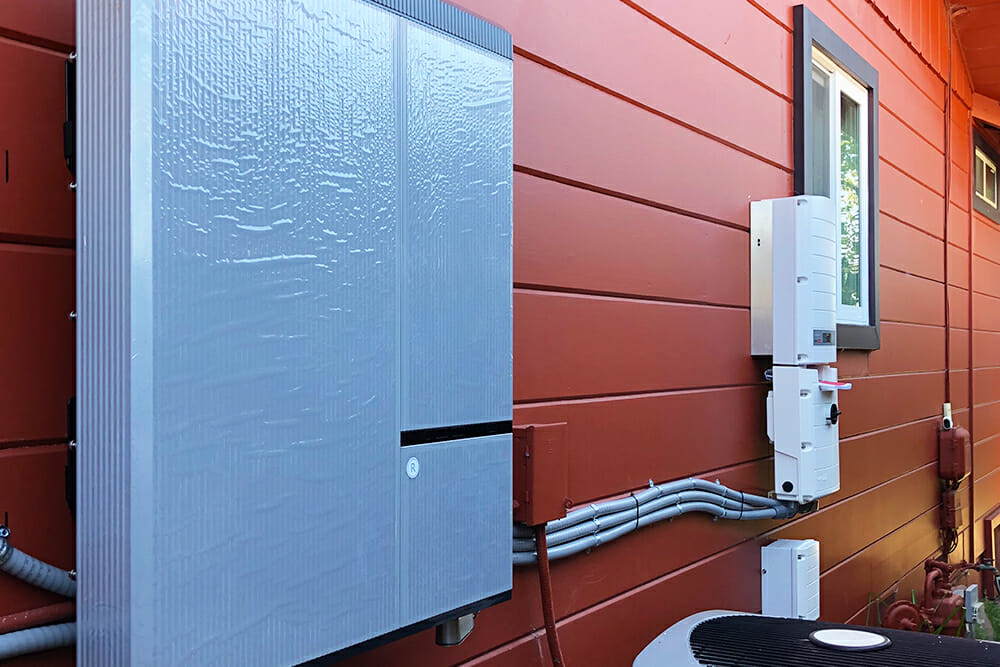Community choice aggregation (CCA), also known as municipal aggregation, is a program which allows local governments to procure energy for their residents from alternative sources and negotiate discounted group rates, while still receiving energy transmission services from the local energy provider. CCAs offer communities more control over where they source their energy from, more opportunity to use renewable energy from solar or wind, and, in many cases, a lower monthly electricity bill.
As the name implies, aggregating energy demand gives those involved in the CCA more buying power.
Typically, the local municipal utility company generates or purchases electricity and sells it to their customers. Because there is only a single energy provider in any given community, customers have virtually no buying power. They must pay the rate determined by the energy company. However, while a single electricity user has no buying power, a community of electricity buyers does have buying power. This is the basic premise of a CCA.
As of 2020, CCAs are only permitted by law in 7 states, including California. Because CCAs bring a new type of energy customer to the marketplace, legislation must be passed outlining specific participation details. For example, those living in a location that is participating in the CCA must have the option to opt out.
Those who opt to join a local CCA often have the choice of enrolling in a “premium” or “green” tier, where the majority of the energy they receive is sourced from renewables, such as solar or wind. This premium tier is often more expensive per month, in part due to the limited capacity solar and wind power infrastructure, compared to more expansive, traditional power sources, such as natural gas and nuclear power.
CCA participants receive energy from their local power grid, just as they would if they were not part of the CCA. Monthly electricity bills look the same, too, as they are generated and sent by the local municipal energy company. The rate participants pay is the only noticeable difference, as it reflects the buying power of the CCA.
The legislative barrier to participation is the major drawback of CCAs, which is evident in the fact that only 7 states currently offer such a program—the first CCA was introduced in 1997 in Massachusetts, but the rest of the country has been slow to introduce such programs.
Major push back has come from municipal energy company lobbyists, who argue against CCAs in an attempt to protect market share and energy prices. San Diego Gas and Electric took its pleas to California state regulators, arguing that CCAs do not accurately represent their customers’ wants. Although this is their public stance, they are most likely worried about negotiated reductions in energy rates.
CCAs currently supply power to over 10,000,000 customers in California.
According to the California Community Choice Association (CalCCA), there are more than 170 California towns, cities, and counties with community choice energy providers as of May 2020.
The largest of these is East Bay Community Energy, which manages more than half a million customer accounts. Other Bay Area counties which offer CCAs are Monterey, San Benito, Santa Cruz, San Mateo, and Santa Clara County. Yolo County and San Joaquin County in the valley, and Placer County and Butte County in the foothills, also have CCA providers. Southern California counties such as Fresno, Tulare, and Santa Barbara have their own CCAs, too.
Can participating in a CCA save you money? Oftentimes, yes, but only on part of your energy bill.
Data suggests that CCA customers save an average of 15% to 20% on their energy costs compared to those not enrolled in CCA programs. As mentioned above, you’ll still receive a bill from your utility provider, which breaks down your electricity costs into three exit fees: distribution, delivery, and electricity supply.
Energy distribution and delivery fees cover the cost of transmitting electricity to your home, and will not decrease due to participation in a CCA.
However, you will likely see a decreased electricity supply charge, which is what you are charged for the electricity you use—the supply charge reflects the actual cost of the electricity itself. This is because CCAs are able to negotiate electricity rates on behalf of thousands or tens of thousands of homeowners, and thus have the ability to obtain lower rates than would be charged to individual homeowners.
If you have the opportunity to opt in to a CCA, but are wondering if it will actually lower your energy costs, you can calculate the potential savings by totaling up your annual energy usage (kWh). Just check your energy statements from the past year, and add up the kilowatt hours that you used. Next, find the energy supply rate you paid. Take that figure, and subtract from it the supply rate offered by the CCA. The difference is the amount you would save per kWh of electricity. Multiply your yearly energy usage by this difference to see how much you would save per year.
If the supply rate offered by the CCA is greater than that offered by your utility, then your energy rates will increase, and you might be better off staying with your local utility company. Also, because exit fees are variable—meaning the utility company can raise the rates—this might lead to higher energy costs for those under a CCA, compared to those with traditional utility-based energy.
As you can see, there are many benefits to CCAs, but the program is not available everywhere. It’s important to calculate energy costs, because they might be higher under a CCA than from your local utility. If you’re interested in powering your home with sustainable energy, though, then a CCA is a great option. If a CCA is available in your area, consider reaching out to the program coordinator to learn more, and determine whether you stand to save money by switching over.





